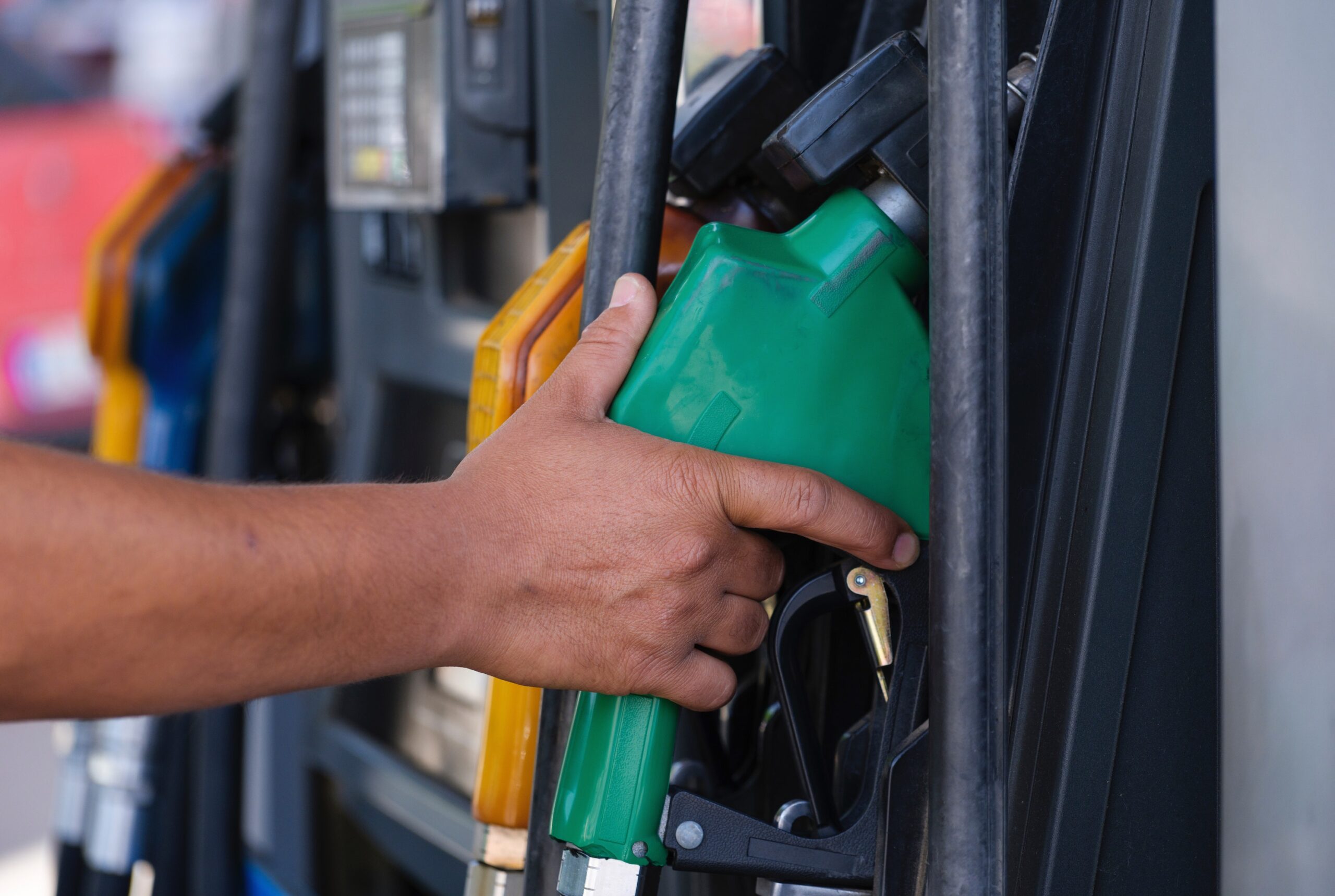The consumption of fuels derived, in part, from biomass has become very common, to the point that increasingly large sections of the naval and aviation industries are using them. However, their production is often surrounded by an opaque veil and their impact on the environment can be more harmful than one might think.
However, biofuels are widely supported by government bodies, but also by industrial players, who derive ever greater profit from them.
Petrol, rapeseed, steak… everything is good to keep our cars running.
On the website of the French Ministry of Ecological Transition, we can read that “ sugar beet and cereals (wheat, corn) are the main resources used for the production of ethanol of agricultural origin “. And, it is indeed the image that we most often have of biofuel. However, the reality is quite different according to the NGO Transport & Environment (T&E), which reveals that the sector uses large quantities of animal fats.
This little-known practice is allowed in Europe, but to a certain extent. Derived from parts of the animal that cannot be used in the food sector, these fats are divided into three categories: categories 1 and 2 can be used in the manufacture of fuels, while category 3, more qualitative, is intended for food animal and cosmetics.
However, T&E points out that the consumption of animal by-products is becoming increasingly important in the production of biofuels. From 30,000 tonnes on our continent in 2006, it rose to 1.4 million tonnes in 2021, and the organization even puts forward the figure of 3.9 million tonnes by 2030. The report specifies that “ Europe already burns 46% of all animal fat feedstock as biodiesel, making transport the biggest user of it “.
This increase would be due to a more favorable climate for this sector, which is heavily subsidized and is experiencing rapid growth. And industries are following the movement, like Airbus, by committing to using more and more biofuels that are supposed to be renewable. However, T&E reports that a transatlantic flight between Paris and New York would consume the remains of around 8,800 pigs.
A good idea to avoid waste?
If, as Barbara Smailagic, biofuels expert for T&E, points out, we burned animal fat without the drivers knowing the problem would also have serious consequences for the environment.
Fuel producers can use category 3 greases, although they are encouraged to prioritize category 1 and 2 greases. the use of category 3 greases for biodiesel has increased by 160% since 2014, while those of the other categories only increased by 36% over the same period.
As a result, sectors suffering from this new competition could “ turning to harmful alternatives “, notes Barbara Smailagic. The expert gives the example of the cosmetics industry, which could turn to palm oil to remain competitive. Eventually, for T&E, the use of biofuels could become more harmful to the climate than conventional fuels “. Its carbon impact becoming, moreover, much more difficult to trace.
The icing on the cake: the suppliers would lack honesty. As only category 1 and 2 greases receive public subsidies, the use of the remaining greases could be undervalued. Indeed, T&E reports that “ European countries reported consuming twice as much Tier 1 and 2 derived biofuels as the animal fat industry actually produced “.
A calculation error? Hard to believe. Especially since the stakes are high, as the NGO explains: “ If done deliberately, it is industrial scale fraud “. A fraud that would divert funds that could finance other players in the energy transition. Do they still need to be more virtuous…
Source : Reporterre

11